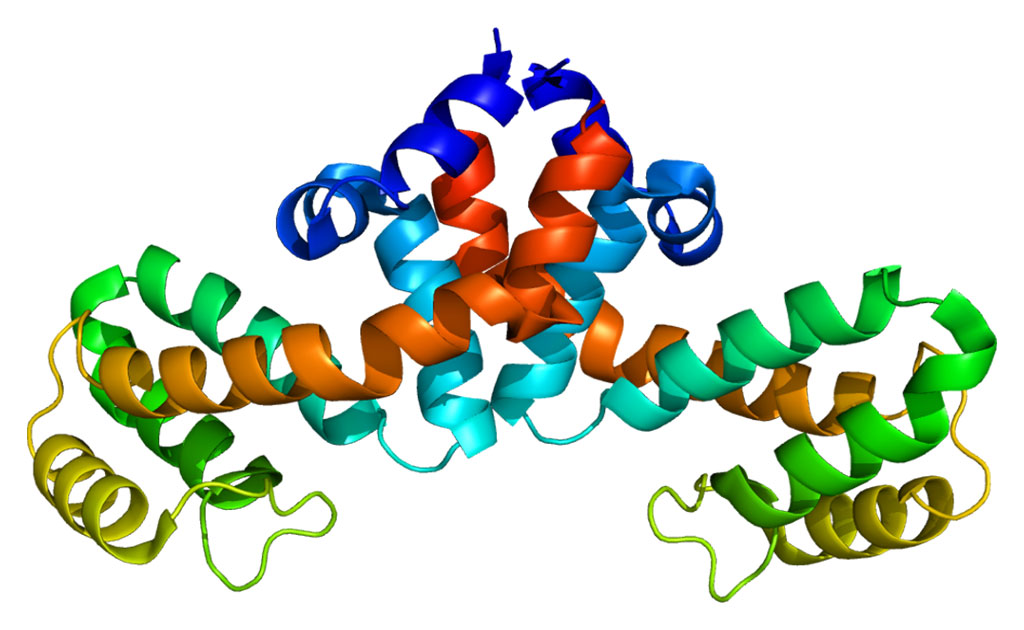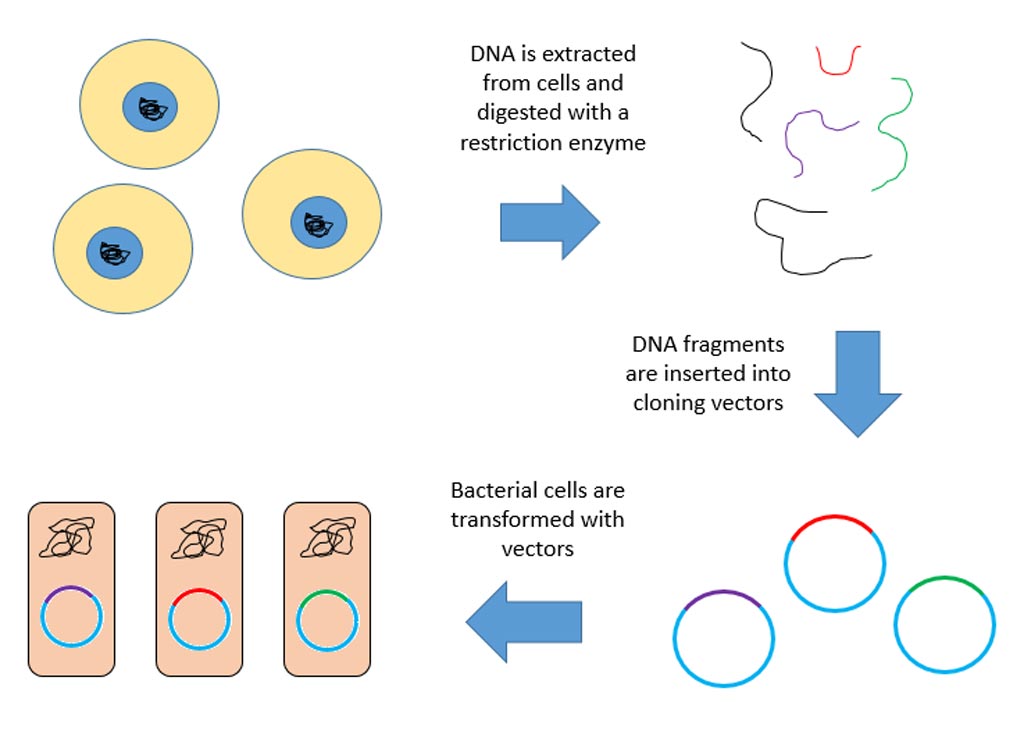RNA-Based Test Developed for HPV Detection and Cancer Diagnosis
By LabMedica International staff writers
Posted on 19 Aug 2019
An RNA-based diagnostic test was developed that can detect human papillomaviruses (HPVs) with performances comparable to or better than an HPV DNA-based reference diagnostic kit.Posted on 19 Aug 2019
Human papillomaviruses are responsible for more than 99% of cervical cancers. About a dozen HPV types (including types 16, 18, 31, and 45) are called "high-risk" types because persistent infection has been linked to cancers such as cancer of the oropharynx, larynx, vulva, vagina, cervix, penis and anus. These cancers all involve sexually transmitted infection of HPV to the stratified epithelial tissue. HPV type 16 is the strain most likely to cause cancer and is present in about 47% of all cervical cancers, and in many vaginal and vulvar cancers, penile cancers, anal cancers, and cancers of the head and neck.

Image: A scanning electron microscope (SEM) photograph of Papillomavirus particles (Photo courtesy of the Institut Pasteur/Odile Croissant).
An estimated 561,200 new cancer cases worldwide (5.2% of all new cancers) were attributable to HPV in 2002, making HPV one of the most important infectious causes of cancer. HPV-associated cancers make up over 5% of total diagnosed cancer cases worldwide, and this incidence is higher in developing countries where it is estimated to cause almost half a million cases each year.
Molecular diagnostic tests based on the detection of viral DNA or RNA have low positive predictive values for the identification of cancer or precancerous lesions. Triage with the Papanicolaou test lacks sensitivity; and even when combined with molecular detection of high-risk HPV, this results in a significant number of unnecessary colposcopies.
Colposcopy is a diagnostic procedure to examine an illuminated, magnified view of the cervix as well as the vagina and vulva. Many pre-malignant lesions and malignant lesions in these areas have discernible characteristics that can be detected through the examination. The colposcopist is able to distinguish normal from abnormal appearing tissue and take directed biopsies for further pathological examination. The main goal of colposcopy is to prevent cervical cancer by detecting and treating precancerous lesions early.
Investigators at Institut Pasteur (Paris, France) sought to replace the current combination of cytology (Papanicolaou smear) and HPV molecular screening by a single molecular test for both the detection of high-risk or putative high-risk HPV and the triage of women at risk of transforming infection, before colposcopy.
Toward this end, they developed HPV RNA-Seq, a novel in vitro molecular diagnostics procedure for the detection of high-risk HPV infection and the identification of patients with high-grade squamous intraepithelial lesions (HSIL), which is a precancerous stage of the cervix. The RNA-Seq method is used to analyze the continuously changing cellular transcriptome. Specifically, RNA-Seq facilitates the ability to look at alternative gene spliced transcripts, post-transcriptional modifications, gene fusion, mutations/SNPs, and changes in gene expression over time, or differences in gene expression in different groups or treatments. In addition to mRNA transcripts, RNA-Seq can look at different populations of RNA to include total RNA and small RNAs. The HPV RNA-Seq assay described in the current study was based on the dual combination of multiplexed reverse transcription PCR (RT-PCR) and next-generation sequencing (NGS).
For the current proof-of-concept study, the investigators used HPV RNA-Seq to analyze samples from 55 patients, 28 with low-grade squamous intraepithelial lesions (LSIL) and 27 patients with precancerous HSIL. Results revealed that HPV RNA-Seq was able to detect and determine the type of HPV infection among a panel of 16 high-risk HPVs with results comparable to an officially approved HPV DNA molecular diagnostic kit. Moreover, HPV RNA-Seq detected two more HPV-positive patients than the DNA test and also identified more patients with multiple HPV infections. HPV RNA-Seq was found to have a sensitivity of 97.3% and NPV (negative predictive value) of 93.8%.
"We have developed HPV RNA-Seq, a novel in vitro molecular diagnostics procedure for the detection of high-risk HPV infection and the identification of patients with high-grade squamous intraepithelial lesions (HSIL), which is a precancerous stage of the cervix. HPV RNA-Seq is a unique test that combines the advantages of molecular assays (HPV typing) and cervical cytology (cell phenotyping)," said senior author Dr. Marc Eloit, group leader in the biology of infection unit at Institut Pasteur. "Effective cervical cancer screening requires high sensitivity and NPV for high-risk HPV infection, since women with a negative HPV test are usually tested again only after several years, This observation constitutes a solid argument in favor of a potential added medical value of HPV RNA-Seq compared with cytology."
The HPV RNA-Seq study was published in the August 12, 2019, online edition of The Journal of Molecular Diagnostics.
Related Links:
Institut Pasteur













